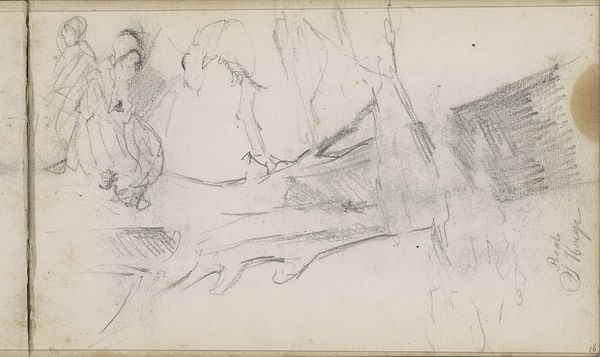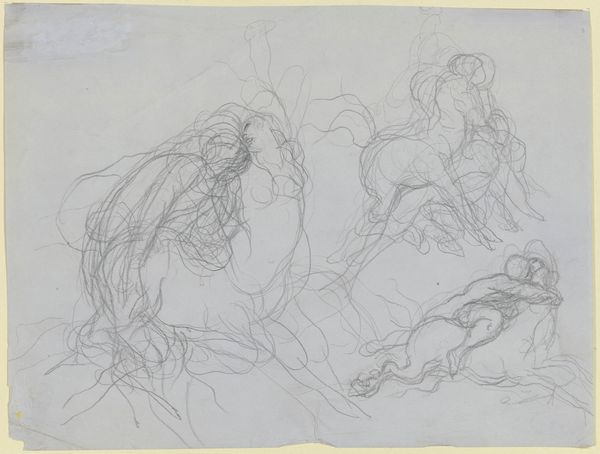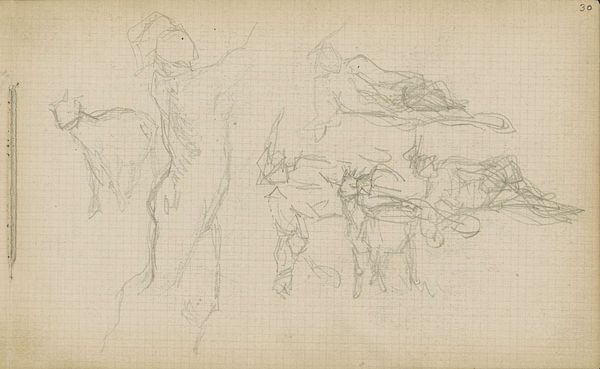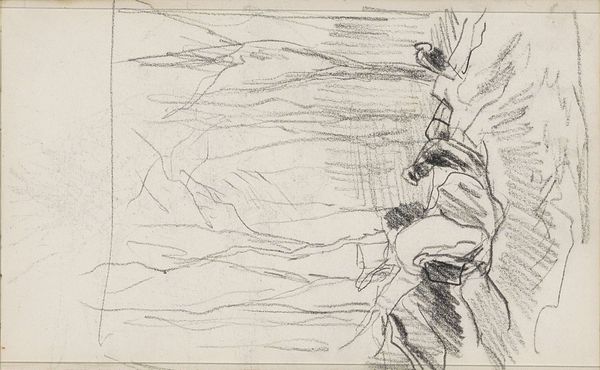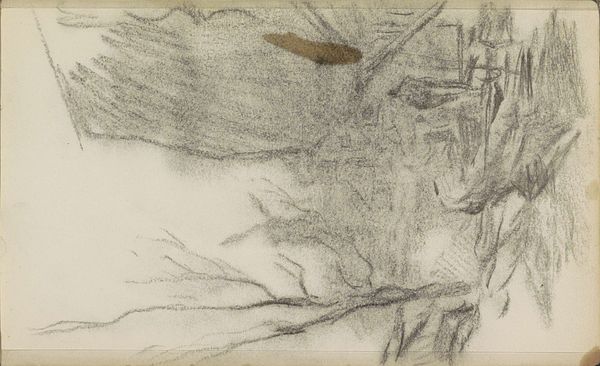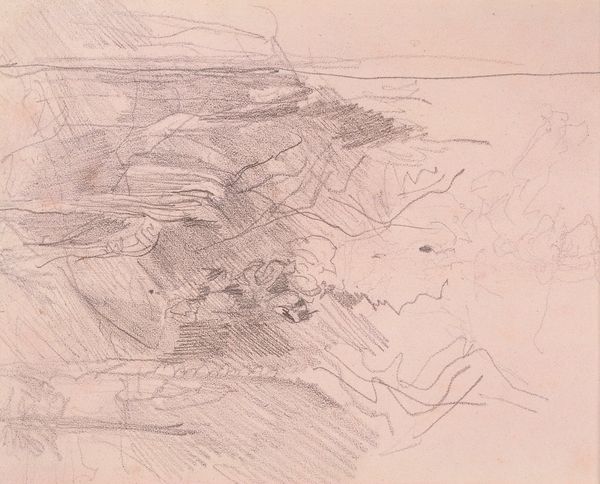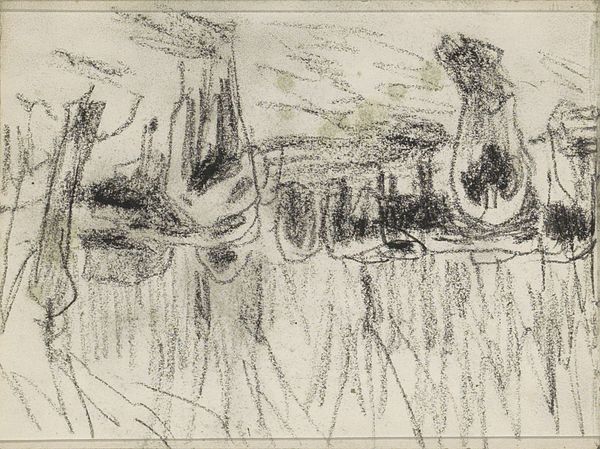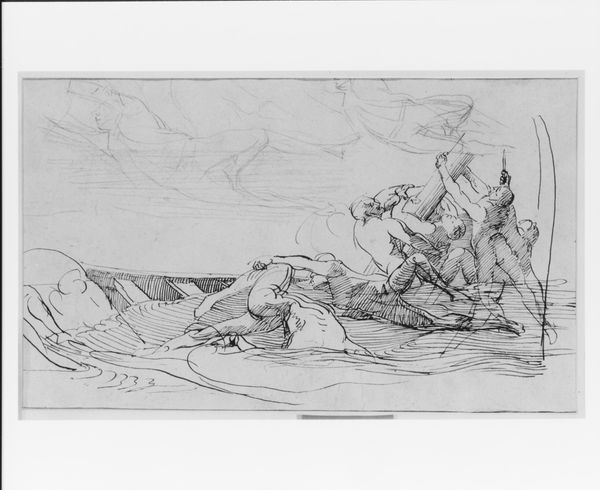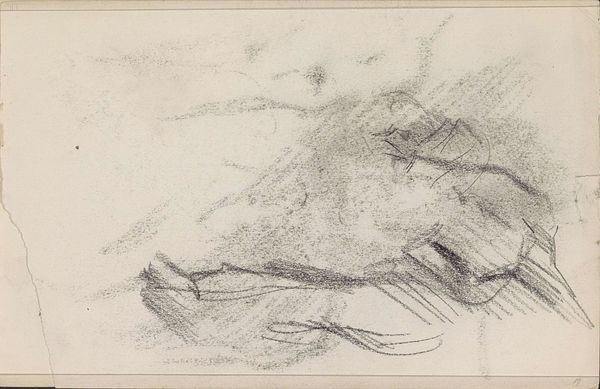
drawing
#
drawing
#
figuration
#
line
#
surrealism
#
monochrome
Copyright: Hans Bellmer,Fair Use
Editor: This is an untitled drawing by Hans Bellmer, created in 1961, simply rendered in monochrome. The figures are dreamlike and abstracted. What do you see in this piece, beyond the initial unsettling effect? Curator: It's critical to consider Bellmer's meticulous approach. Look at the delicate, almost obsessive linework. It speaks volumes about the artistic labor involved, transforming the base material of paper and pencil into something far more complex. Doesn't the repeated reworking of the human form reflect a kind of material manipulation mirroring the societal manipulation of bodies, especially female bodies? Editor: I hadn't thought of it that way. So, you're suggesting the medium itself – drawing – and Bellmer’s almost compulsive technique emphasize control and the artist's physical interaction with the subject? Curator: Exactly! And beyond that, Bellmer was working in post-war Europe, surrounded by physical and psychological ruin. The disturbing imagery may speak to the fractured social landscape and the commodification of human beings in that environment. Is the "figure" simply material that's reshaped and distorted to fit the era's cultural values and expectations? Editor: That makes sense. It's like he's dissecting the conventional representations and presenting something much rawer. Curator: Precisely! He is pushing against the accepted materials and techniques of "high art", by grounding his subject into the gritty details of post-war trauma. Editor: Seeing it as a material examination of societal pressure rather than just a surreal image gives the piece a whole new level of complexity. I will explore that context more closely in my studies. Curator: Absolutely! Considering process and material allows for more than one lens to see how art is tied to larger social conversations, opening avenues to interpretation and further discussion.
Comments
No comments
Be the first to comment and join the conversation on the ultimate creative platform.

